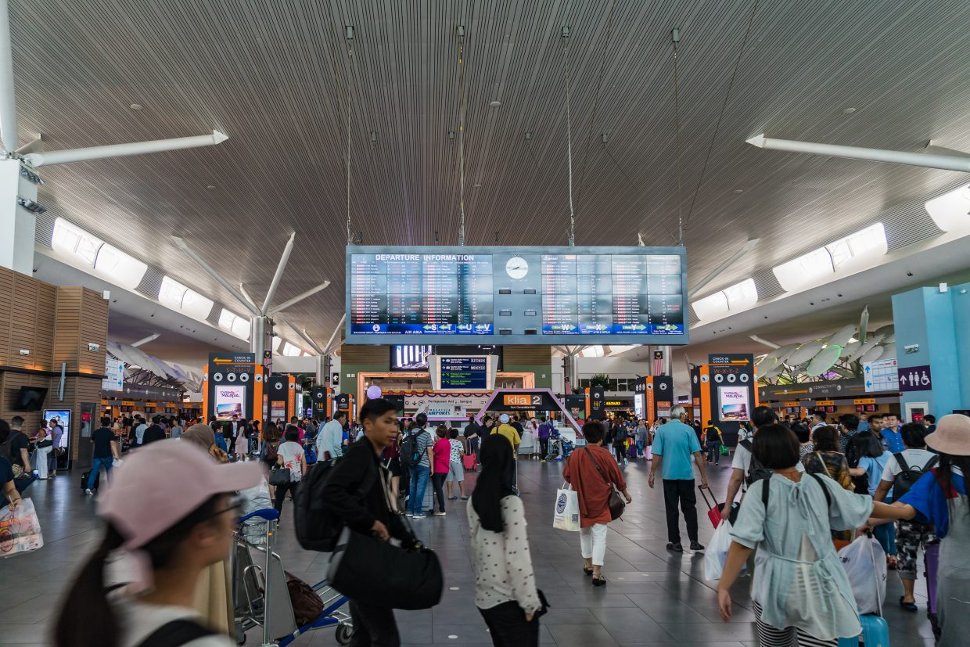3 August 2018
First impressions matter—and so does tapping into the growing market of first-time global Chinese travelers. To that end, Malaysia’s foremost airports—Kuala Lumpur International Airport (KLIA) and its LCC peer, klia2—last year introduced Chinese airport helpdesks where Mandarin-speaking visitors can receive help and guidance from Mandarin-speaking staff and Chinese-language information materials. The desks were introduced in September of last year and had as of June this year provided support to 24,669 visitors.

Addressing communication barriers with the rising number of Chinese travelers who visit destinations throughout the world is becoming a growing concern worldwide. This challenge is further compounded by the rising proportion of all Chinese travelers who travel independently. These travelers cannot rely on a tour guide to provide all necessary information in Mandarin. Meanwhile, close to all tourism information around the world still tends to be offered in the local language and English (and sometimes French).
Official tourist information hasn’t kept pace with the boom in global Chinese travel
For Chinese travelers, who now rank as the number one group of travelers worldwide, this is often of little help as English skills can be lacking. This particularly for the growing number of travelers from less-globalized, lower-tier cities in China.
In Malaysia, the relative success of the Chinese-language helpdesks in Kuala Lumpur entered the spotlight when two Taiwanese travelers exited the Kota Kinabalu International Airport without passing through the designated immigration checkpoint.
Supposedly, the travelers didn’t understand information and signage provided in English and Malay. Both travelers were eventually arrested and detained—not the best start to one’s vacation.
Two confused tourists were arrested and detained after accidentally avoiding to pass through an airport immigration checkpoint
But Malaysia’s Tourism and Culture Minister Datuk Mohamaddin Ketapi isn’t convinced that helpdesks would have changed anything. “Help desk in [Kuala Lumpur] we have, in Kota Kinabalu there is no need for a help desk,” he said in a so-called Ministers’ Question Time, drawing reactions from other lawmakers.
Other stakeholders are calling for Kuala Lumpur-style helpdesks to be introduced in Sabah, where Kota Kinabalu is located, to support the roughly 431,000 Chinese and 310,000 South Korean visitors to the Malaysian state.
Chinese-friendly airports are needed in cities beyond the capital of Kuala Lumpur
The concerns over how Chinese and South Korean visitors are welcomed to Malaysia are raised at a time when Malaysia is grappling with shrinking visitor numbers from many destinations and a smaller tourism budget than before.
Crucially, stakeholders see a reorientation of the Malaysian tourism industry toward longer-haul markets like China, South Korea, and Taiwan due to significantly higher growth in arrivals from these source markets.
It would then seem quite obvious that Malaysia would double down on making visitors from such markets feel better-welcomed—and less confused—at airports across the country. Airports are in many ways frontiers for Chinese tourist-oriented initiatives like Chinese mobile payments, Chinese-speaking retail staff, and (controversially) discriminatory discount policies for Chinese travelers. Why shouldn’t they also be the frontier for customer service?
Source: jingtravel.com
Site Search
Did you find what you are looking for? Try out the enhanced Google Search: